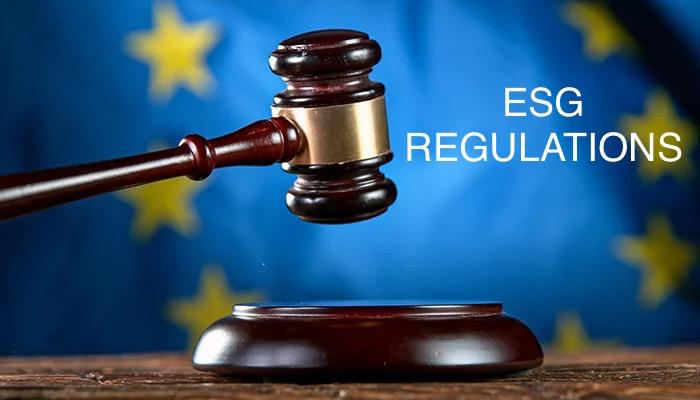Having discussed what ESG and Sustainability are, it is important to know some of the most important regulations that guide ESG reporting considering that ESG reporting is not only a voluntary practice but also a regulatory requirement in many jurisdictions. There are various pieces of legislation that affect how organizations operate and report on ESG issues. In this blog post, I will introduce to you some of the most important ESG-related legislation that you need to know especially in the EU. These include;
- Corporate Sustainability Reporting Directive (CSRD). The CSRD came into effect on 5th January 2023. It aims to amend the reporting requirements of the Non-Financial Reporting Directive (NFRD), which requires large public-interest companies to disclose information on their environmental, social, and governance performance. The CSRD extends the scope of mandatory ESG reporting to all large companies and SMEs listed on regulated markets, requires external auditing for ESG reports, implements mandatory ESG standards with more detailed reporting requirements, and covers not only climate and environmental issues, but also social and corporate governance issues (quotation)
- EU Sustainable Finance Disclosure Regulation (SFDR). The SFDR is a regulation that came into force in March 2021 in the European Union. It aims to re-orient capital flows towards sustainable investments by increasing transparency by financial market participants and advisers on sustainability risks, whilst ensuring a more uniform protection of end investors. The SFDR requires financial market participants and advisers to disclose information on how they integrate sustainability risks and adverse impacts into their investment decisions and advice, as well as how they align their products with sustainability objectives.
- EU Taxonomy Regulation. The EU Taxonomy Regulation is a regulation that came into force in July 2020 in the European Union. It establishes a harmonized taxonomy to classify financial products as sustainable at the EU level, further promoting investments in sustainable activities whilst addressing “greenwashing” concerns. The EU Taxonomy Regulation defines six environmental objectives: climate change mitigation, climate change adaptation, sustainable use and protection of water and marine resources, transition to a circular economy, pollution prevention and control, and protection and restoration of biodiversity and ecosystems. It also sets out criteria for determining whether an economic activity contributes substantially to one or more of these objectives without causing significant harm to others.
- TCFD Recommendations. The TCFD Recommendations are voluntary guidelines that were published in June 2017 by the Task Force on Climate-related Financial Disclosures (TCFD), an initiative of the Financial Stability Board. They provide recommendations for consistent and comparable disclosure of climate-related financial risks and opportunities by companies and financial institutions. The TCFD Recommendations cover four core elements: governance, strategy, risk management, and metrics and targets. They also provide guidance for specific sectors such as energy, transportation, materials, buildings, agriculture, etc.
These are just some examples of the ESG-related legislation that exists in the EU. There are many other ESG regulations in the EU and around the world that have different focuses and purposes. Depending on the jurisdiction and sector of an organization, it may need to comply with one or more of these legislation. Therefore, it is important for organizations to keep abreast of the latest developments in ESG regulation and reporting standards.
Do you need help with the interpretation of these laws and aligning them with your business goals? Let me help you. Contact me by filling out the form below.
CONTACT
